Kavli INsD, Oxford, Welcomes Stevens Group Members to the Tradition of 3-minute Research Presentations
Kavli INsD, Oxford, Welcomes Stevens Group Members to the Tradition of 3-minute Research Presentations
Having recently re-located to Kavli INsD, Oxford, researchers enjoyed attending the series of ‘3-minute research updates’ from fifteen members of the Stevens Group (Department of Physiology, Anatomy and Genetics) over the last three Thursdays in July 2024.
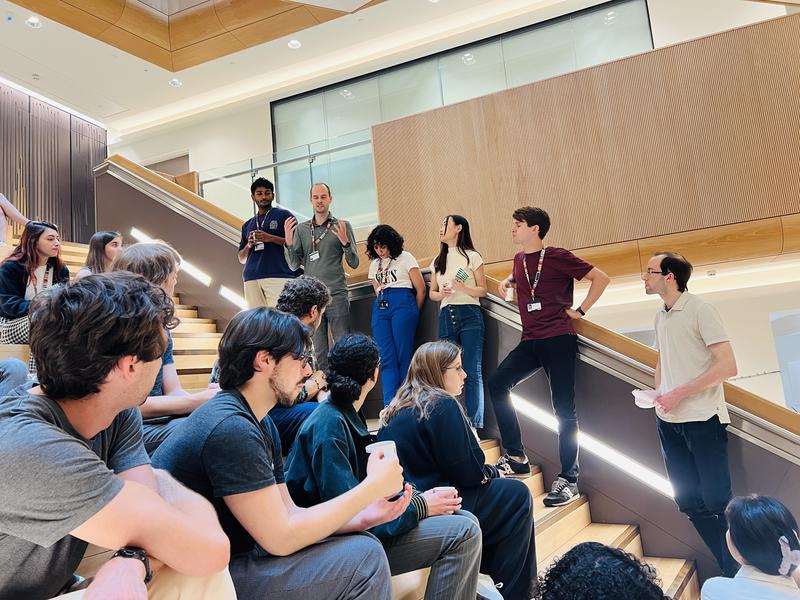
Special thanks to Kavli’s three moderators, Brent Ryan (Physiology, Anatomy and Genetics), Jon Bath (Physics), and Andrew Castle (Clinical Neurosciences), who welcomed the researchers and hosted the talks.
Through this traditional exchange, we aim to address significant health challenges such as antimicrobial resistance, brain and mental health, infectious diseases, and malaria. Additionally, we strive to develop innovative instrumentation that harnesses the analytical capabilities of the physical sciences to investigate cellular processes. Together, we are committed to making substantial contributions in these areas.
We are pleased to share our researcher’s presentation summaries below.
| 11 July 2024 | Tabasom Haghighi | Daniel Reumann | Junliang Lin | Ceren Kütahya | Jonathan Wojciechowski |
| 18 July 2024 | Thomas Fernandez Debets | Kai Xie | Matteo Albino | Inês Silva | Mengwei Liu |
| 25 July 2024 | Junfang Zhang | Sebastien Callens | Schan Dissanyake-Perea | David Peeler | Anna Constantinou |
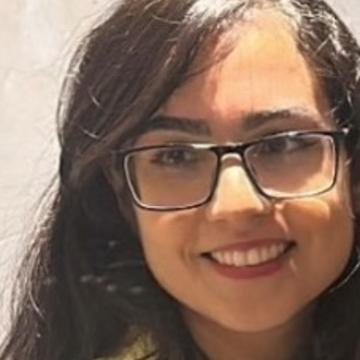
Dr Tabasom Haghighi
An integrated surveillance suite for Cholera outbreak interventions
Cholera is a severe diarrhoeal disease caused by the bacterium Vibrio cholerae, with an estimated 1.3 to 4 million cases and 21,000 to 143,000 deaths occurring annually. Approximately 10% of those infected develop severe symptoms, such as acute watery diarrhoea and vomiting, which can lead to death within hours if untreated. The global cholera situation has worsened since 2021, with rising outbreak cases and high mortality rates, particularly in countries facing complex humanitarian crises and fragile health systems. Climate change exacerbates this issue, increasing the risk of the infection spreading to other regions.
To address this urgent health challenge, our research focuses on developing a rapid diagnostic test for cholera with high sensitivity and specificity. We are utilising novel platinum nanoparticles decorated with ultra-specific binders to recognise cholera biomarkers accurately. Concurrently, we are engineering components of a simple paper-based lateral flow assay to enhance the test's performance. This innovation aims to provide a reliable, quick, and easy-to-use diagnostic tool that can significantly improve cholera detection and control, especially in resource-limited settings.
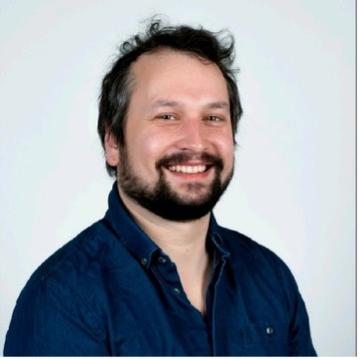
Dr Daniel Reumann
Development of novel 3D tissue culture and analysis approaches to model human brain development and disease
I am combining advanced bioengineering methodologies with 3D tissue culture to generate complex brain tissues which mimic human brain development and function, including the formation of entire brain circuits such as the dopaminergic system. At Kavli, I am engaged in several projects. First, I am using novel morphogens, which are instructive to tissue morphology and orientation, to generate a better representation of human cortical development. Second, I am working on a non-invasive Raman-based tissue analysis pipeline. And third, we aim to generate complex brain tissue grids using microfluidics, novel photocaged morphogens and bioengineered tissue grids.

Junliang Lin – DPhil Candidate
A Modular Assembled Robotics Platform for Tissue Engineering Applications
With advanced control and micro-manufacturing technology development, modular platforms are increasingly used in bioengineering and medical fields. However, some traditionally designed platforms are unsuitable for use in vitro due to their structural limitations. At the same time, most current platforms are designed for a particular task, so they have limited transferability. Therefore, designing a modular assembled system with multifunctional capabilities has become the goal of this project.
Advanced 3D printing technology and controllable hydrogel are combined to form this platform. Basic hexagonal operating units with a unique geometric design inspired by honeycombs were printed and assembled using magnets embedded within them. The controllable hydrogel laid on the upper layer of the device will be loaded with drugs or cells according to the mission requirements. Various functions can be achieved by assembling units with different functions, from drug release studies to large-scale cell layer culture to organoid interaction studies. Independent basic units have been fabricated, and experiments on organoid interactions are ongoing. Hydrogel drug release and cell loading are still under experimentation.
This project currently shows great potential regarding the diversity of functions, but further experiments are still needed to verify specific functions, including drug release and cell loading.
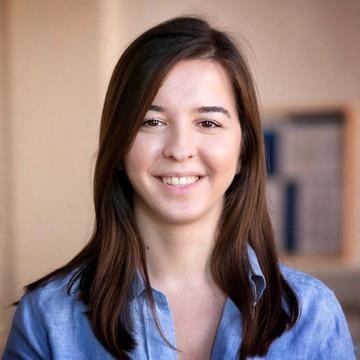
Dr Ceren Kutahya
Injectable and biodegradable polymeric microparticles for prolonged and controlled contraceptive release.
My research involves the development of an long-acting (12-18 month) tuneable, biodegradable and injectable microparticle-embedded hydrogel platform allowing for prolonged and soe-compliant delivery of clinically relevant contraceptive. This platform is able to be retrieved to allow discontinuation of treatment if desired. To achieve this, we have synthesised a library of novel polymers and formulations to fashion drug-loaded, surface-erodible microparticles capable of long-term drug release. These microparticles are then embedded withing a biocompatible hydrogel carrier that allows for subcutaneous delivery and facile retrievability.
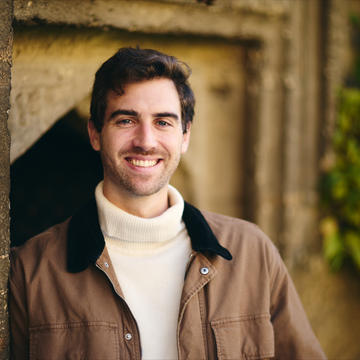
Thomas Fernandez Debets – DPhil Candidate
Scaffold-supported cell transplantation for retinal regeneration
Retinal degenerations are the leading cause of irreversible sight-loss in industrialised countries. In conditions such as age-related macular generation, photoreceptors are lost but the rest of the neuroretina remains functional. This provides a platform for cellular therapies to restore the circuitry and, in turn, sight. In this project, hydrogel scaffolds are designed to facilitate the oriented culture of photoreceptors in vitro. Looking ahead to translational applications, polarisation of the cultured photoreceptors increases their chances of integrating into a degenerated retina, in turn increasing the chances of restoring functional sight.

Dr Kai Xie
In-situ 3D printing of autologous osteochondral implantation
My research is an interdisciplinary project encompassing surgical robotics, 3D bioprinting, bioelectronics, hydrogels, and cell therapy, with a significant clinical focus on applying in-situ 3D bioprinting for cartilage regeneration. We have developed an in-house robotic platform integrated with geometrical sensing capabilities to reconstruct lesion regions without the need for additional scanning systems. Using the personalized model generated, autologous cells from bone and cartilage regions are combined with hydrogels to create various bioinks. These bioinks are then printed to reconstruct osteochondral implants in a programmable manner that matches the native tissue structures. This platform holds great potential for translating the latest single-step regenerative approaches from bench to bedside.

Matteo Albino – DPhil Candidate
Water-soluble rotaxanes for Raman imaging
Raman tags are molecules with very diagnostic stretching frequencies in the Raman silent region of the body: where no naturally occurring biomolecule vibrates. This allows the former to be very recognisable even from a complex mixture of substances such as biological fluids. However, most Raman tags suffer from low solubility and poor chemical stability. To solve the first issue, what we have developed is methods to decorate the Raman tags with water-solubilising groups such as charged sulfonates, which greatly increase the hydrophilicity of the molecule. Meanwhile to increase stability we form supramolecular complexes called rotaxanes. These are composed of a dumb-bell shaped and ring-like molecule. The ring is threaded through the central thin part of these systems (the Raman tag) therefore protecting it. We envisioned these systems to have great potential for Raman based imaging and diagnostic tools.
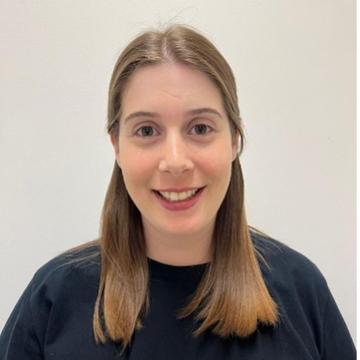
Inês Silva – DPhil Candidate
Nanosensors for cancer detection and therapy monitoring
My research aims to develop a novel renally clearable nanosensor based on functionalised gold nanoclusters (AuNCs) that can both detect caspases (intracellular cysteine proteases) and target specific cancer cells. This technology might allow for early detection of various types of cancer as well as monitor the disease therapy over time based on a simple and sensitive colourimetric urinary test.

Dr Mengwei Liu
Artificial neuron for biological neuromodulation
The aim of my project is to develop a chemically-mediated multichannel artificial neuron that will replicate the key functionalities of biological neurons, in terms of sensing, processing and modulating neuronal activities. The artificial neuron contains an artificial dendrite for multiple neurotransmitter perception and synaptic plasticity modulation, and an artificial axon terminal for neurotransmitter release. The primary objective is to develop an underpinning technology for the investigation of synapse dysfunction. By directly interfacing with living neurons and modulating neuronal activity through neurotransmitter regulation and synaptic remodelling, the artificial neuron may offer a novel approach for research and treatment of neuron disorders, such as major depression and Parkinson's disease.
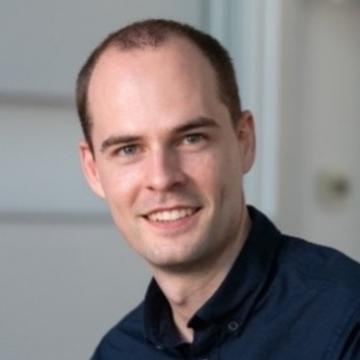
Dr Sebastien Callens
Geometric control of tissue growth and organisation
Cells and tissues are known to respond to various biophysical signals from their environment. In addition to aspects such as externally applied forces and stiffness, the geometry of the environment has recently gained increasing interest as a cue to control cell patterning, differentiation, and tissue organisation. In this work, we combine mathematical design, biomaterials microfabrication, in vitro cell culture, and quantitative imaging to study how mechanics and substrate geometry combine to instruct the growth and organisation of fibrous tissues. This is not only interesting for fundamental understanding of growth processes, but also opens up new avenues for the design of biomaterial scaffolds used in the context of regenerative medicine.

Schan Dissanyake-Perea - DPhil candidate
Nanoscale tools for nanoscale jobs – how can we use CRISPR and nanomaterials to prevent the next pandemic?
CRISPR/Cas has generated a lot of excitement in the field of gene editing, which is probably the context in which you’ve heard about it. However, in the last 10 years or so a new sub-field of this research has emerged that’s centred around using specific types of CRISPR/Cas systems for gene ‘detection’. Somewhere in those last ten years we also had a pandemic and all of a sudden, the importance of accessible testing was clearer than ever before and the humble lateral flow test took centre stage. My research is about combining CRISPR/Cas and novel nanomaterials to develop accessible testing platforms to provide PCR levels of sensitivity in a test that can be distributed and used at the point of care.

Dr David J. Peeler
Innate immunoengineering: delivering beyond RNA vaccines
I am a biomaterials engineer studying how drug delivery vehicles shape the innate immunogenicity of mRNA and other biomacromolecules so we can engineer better vaccines and immunotherapies. With the support of Prof. Molly Stevens and our collaborators, I mentor an interdisciplinary team of PhD students in research combining polymer chemistry, nanoparticle structural characterization, and immunological techniques. I am committed to solving global health problems, including a Bill and Melinda Gates Foundation grant which developed a single-injection prime/boost subunit vaccine formulation and an EPSRC funded grant developing a scalable mRNA vaccine delivery polymer in collaboration with partners in Bangladesh. One uniting theme is how mRNA nanoparticle biodistribution and intracellular interactions impact innate immune reactions to engineered materials. Our current applications include RNA/adjuvant combinations to enhance tissue resident immunity against Acinetobacter baumannii, novel formulations for intradermal saRNA transfection, and in vivo production of targeted melanoma immunotherapies.
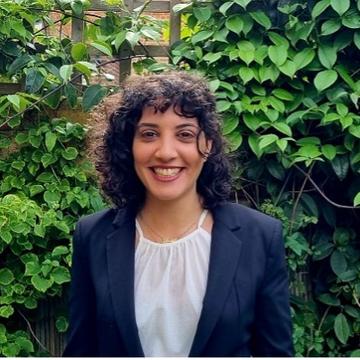
Dr Anna Constantinou
Polymeric Platforms for Biomedical Applications
My research is focused on exploring different polymeric platforms for biomedical applications. One of the projects I am currently working on explores new biodegradable polymers as antibacterial compounds to address current ongoing challenges arising from the antimicrobial resistance. In addition, I am also developing ultrasonically triggered hydrogels for spinal disc repair.


